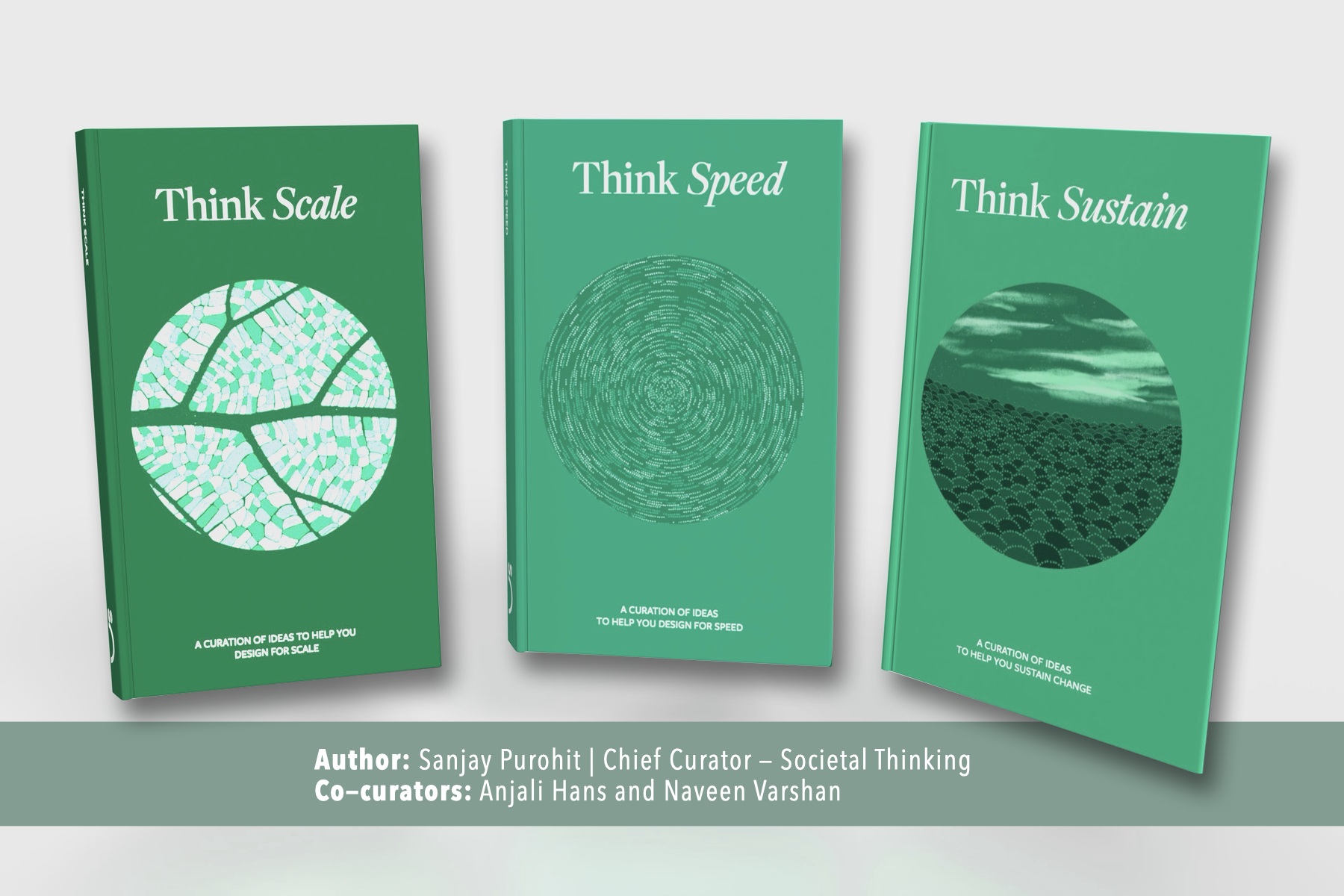The life of a butterfly is different from that of its larva. As the butterfly flutters across flowers, it cannot imagine how the larva lived. In turn, the larva, which spends most of its time feeding, cannot imagine what it means to be a butterfly. However, when a larva undergoes metamorphosis, changes to a pupa and then to an imago, finally to emerge as a butterfly, it enters a new world, a new equilibrium. From then on, there is no looking back.
Social challenges languish in their current equilibrium. Habits, policies, infrastructure, resources and many other elements of society sustain a steady state, though an undesirable one. If we change one element of this complex system, gravity pulls it back to its prior state. Can we imagine taking a step that moves the entire equilibrium to the next best steady state? Can a series of small equilibrium shifts propel us towards a better future?
The ongoing metamorphosis in India provides food for thought. UPI or Unified Payments Interface has induced a financial transformation. In the month of August 2022, it processed an unprecedented 6.5 billion transactions. It is now hard to imagine payments before UPI. Street vendors prefer UPI over cash. Digital commerce transactions with UPI do not levy additional service charges. A plumber on a maintenance visit wants to use UPI rather than ferry around cash which may be inconvenient and unsafe. Our view of how payments are processed has changed forever.
Similarly, Aadhaar, the Unique Identity for all Indian residents, has changed the way people authenticate themselves. As of July 2022, 1.3 billion people are using it. Now, no one has to struggle to convince others that they are, in fact, who they say they are. Trust has improved significantly in the processes used to extend government benefits to eligible citizens. Moreover, the time required to avail of services that require authentication has become much shorter. It is now hard to imagine authentication, trust and convenience before Aadhaar.
DIKSHA has changed how education can be improved across 1.5 million schools with innovations that help students learn, empower teachers to improve, and nudge administrators to adapt best practices. Using simple ideas such as QR codes embedded in 600 million textbooks, teachers are now able to access updated digital learning content across 20 instruction mediums, a task that would have been tedious or impossible before. Just-in-time and micro-training of teachers and school administrators was delivered 4.1 billion times till September 2022. What new shifts in equilibrium could be unlocked by a combination of payments, identity and education is yet to be seen. However, it is evident that there is no looking back.
How can we create a better-performing yet irreversible stable state? What are the characteristics of change that we must design for? How can we motivate people to undergo such metamorphosis when the future state is hard to imagine and explain? Based on the transformations experienced above and in other areas such as healthcare, climate action and economic inclusion, three patterns seem to emerge. Such metamorphoses get triggered when the changes are simple, convenient and universal.
When a new approach is simple, it stokes the curiosity of people to exercise their will and their agency, and to learn and use it. If it is more convenient than the current state, it motivates people to realise value and sustain its usage over time. Who would like to opt for less convenient ways of doing anything? Finally, if it is universal, people encourage their friends and family to join this new way of being. Simple, convenient and universal changes help people nudge the current equilibrium towards a more desirable one.
As we tackle development challenges related to climate, healthcare, equity, education and livelihoods across countries such as Brazil, Kenya, India, Indonesia and South Africa, we must ask: Which simple, convenient and universal changes must we induce such that the current undesirable equilibrium transforms to a more desirable steady state? How can we use our newfound technological capabilities to make such transformations scalable and viable? How can we find ways to nurture an ecosystem of innovators who can help people embrace this change? How can we co-create this with leaders across government, civil society and markets?
Almost 50% of species on our planet have the ability to change irreversibly from one equilibrium to another. We can find a way too.
 Back
Back


